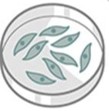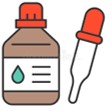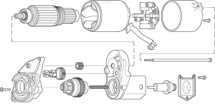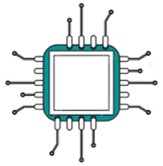What are Tangible Research Properties?
Tangible Research Properties (TRP) are also a type of Intellectual Property which can be licensed. TRP are not patented but are valuable due to their proprietary nature, being difficult to create and/or expensive.
Tangible Research Properties include biological materials such as:

|

|

|

|

|

|
Repositories
UCLA TDG has established procurement and inventory storage contracts with preferred vendors who maintain TRP in their repositories.
Time and cost savings: Repositories manage the logistics, quality control and operational workload. This means that after the PI has initially transferred their TRP, all future costs and fulfillment are managed by the vendor.
Benefit: Accelerates science by improving the exchange of TRP between labs.
TRP Licenses
UCLA TDG non-exclusively licenses TRP to the healthcare industry and institutions to be utilized for drug development or other commercial purposes to benefit society. Typical TRP agreements with commercial entities include an upfront issue fee, annual maintenance fee, and/or royalty. TRP revenue are distributed to UCLA. 85% is directed to the PI lab and 15% is directed to the campus share; $50k maximum. TRP ownership remains with UCLA.
TRP Process
To initiate the TRP process, should be completed and submitted to TDG an Associated Technology Disclosure Form to TDG who will then assign a corresponding UCLA case number on file in order for the TRP to be tracked and licensed.
